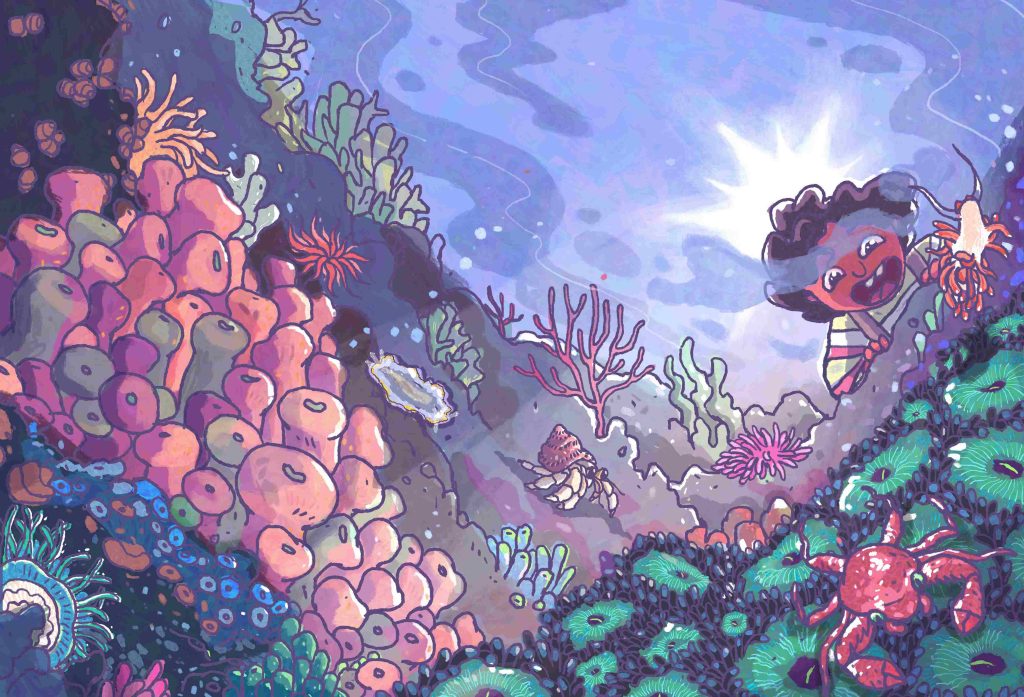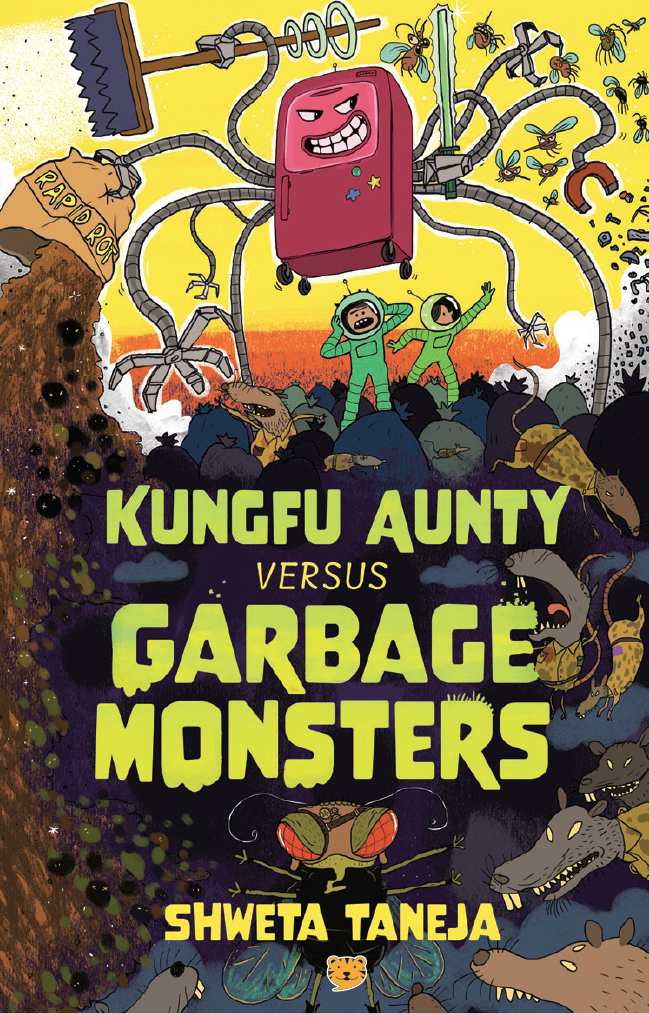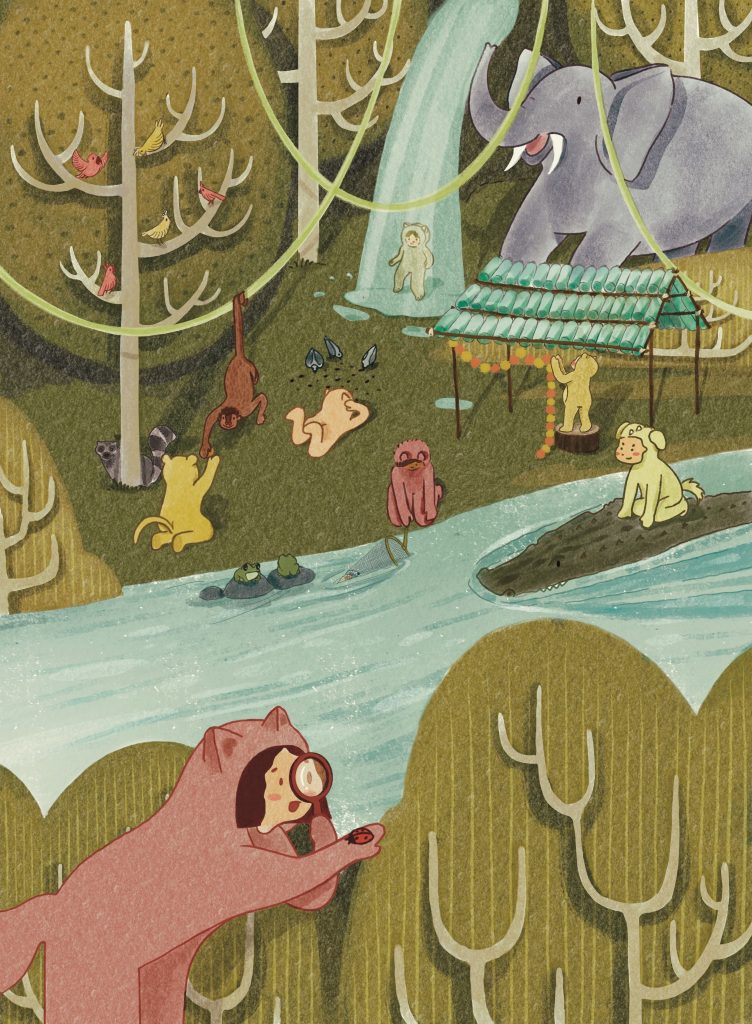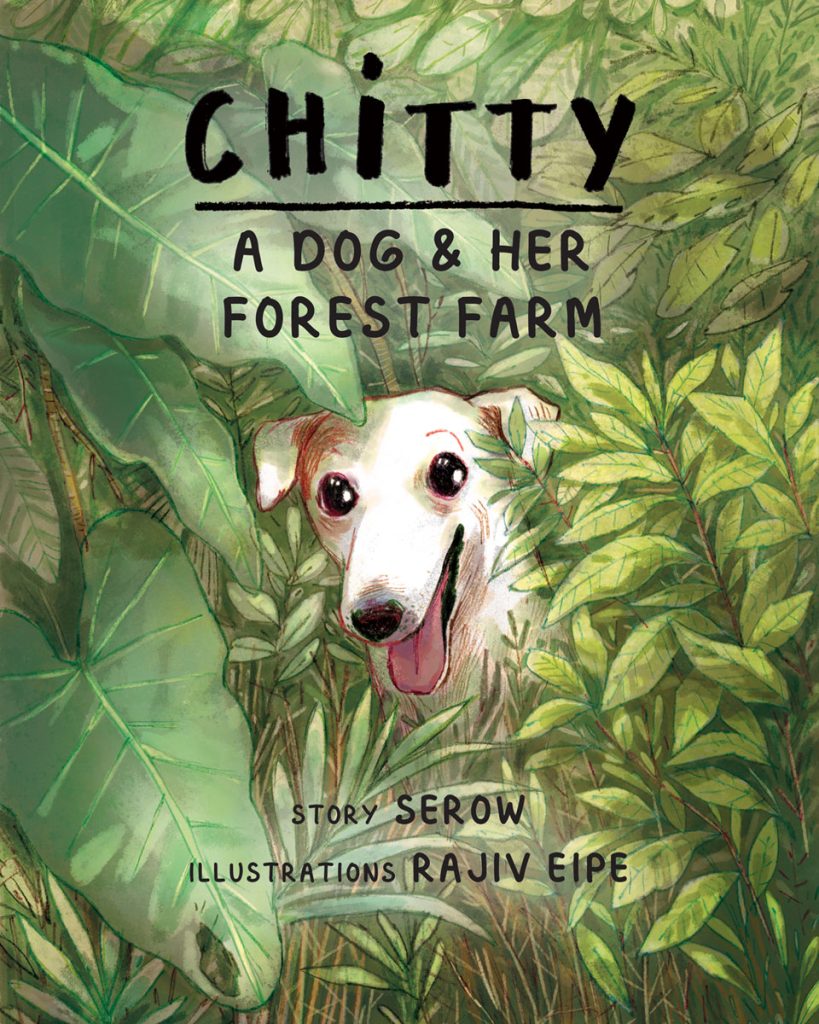No, this does not refer to a house of sleep-deprived politicians at an all-night parliamentary debate. This is what a group of owls is called.
The English language has some wild and wonderful names to describe groups of animals. We use these words, referred to as collective nouns, when we talk about a herd of cattle or a flock of sheep. In school, we may be given exercises where we have to match or fill in the blanks: a____of lions, a____of fish, or a____of wolves*.
These are only a small taste of the descriptive terms used to describe groups of different kinds, the history of which can be traced back to the Middle Ages in England. The earliest known collection of terms of collective nouns, or ‘venery’ (an archaic term for ‘hunting’), is in the Book of Saint Albans, a kind of handbook for hunters first published in1486.
Included among chapters was a list of the Compaynys of Beestys and Fowlys, where many of these common terms made their first appearances—including pride of lions, flock of sheep, and herd of deer.
I have always been intrigued and fascinated by these collective nouns. I think that a gaggle of geese sounds just so appropriate, as does an army of ants (especially having once been literally attacked and badly bitten by a marching regiment of army ants).
Here are some delightful feathery ones! Imagine a parliament of owls which includes members from the following:
A murder of crows, a convocation of eagles, a deceit of lapwings, a ballet of swans, a siege of cranes, a conspiracy of ravens, a company of parrots, a murmuration of starlings, and a flamboyance of flamingos!
And what about our four-legged friends? Here are some quirky ones!
In the biblical story of Noah and the Ark, when Noah invited representatives of all animals onto his ark, he had to select a pair each from: an ambush of tigers, an array of hedgehogs, a bloat of hippos, a crash of rhinos, a rumpus of baboons, a shrewdness of apes, a singular of boar, a skulk of foxes, a sleuth of bears and a mob of kangaroos!

Not to mention the hoppers and slitherers from a colony of frogs, a knot of toads, a quiver of cobras, a bask of crocodiles, and even a culture of bacteria!
While serious scientists may not be amused at the attribution of human traits to describe animals, discovering new terms can be great fun for language lovers.
Even more fun is trying to coin one’s own terms! Here are some that I thought of: a cacophony of koels, a preening of peacocks, a menace of mosquitoes, and a buzzload of bumblebees!
* Answers: a pride of lions; a school of fish; a pack of wolves.
Why don’t you try your hand at coining some appropriate, and fun, words to describe groups of creatures that hop, skip, jump, fly, creep, crawl and more! Write to us at editor.ccmagazine@gmail.com and we will try to put it up on our social media channels!






